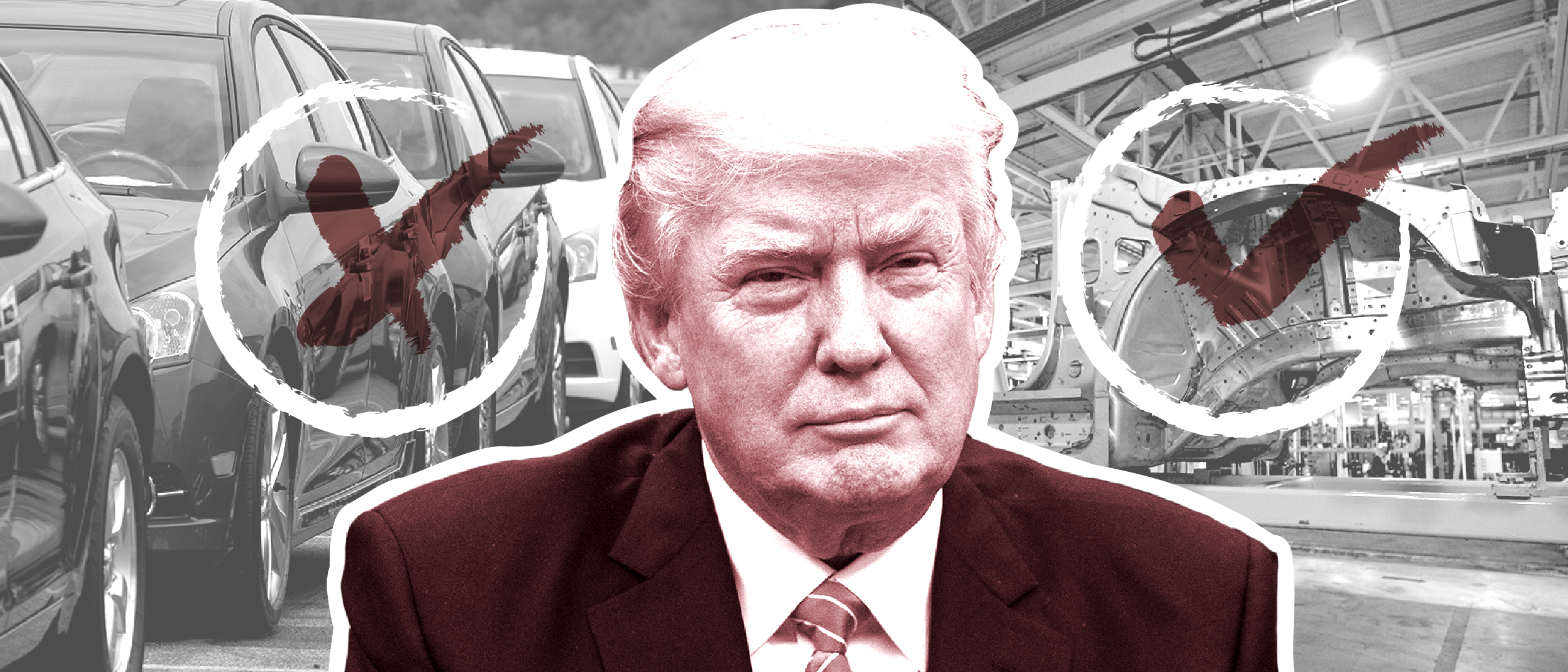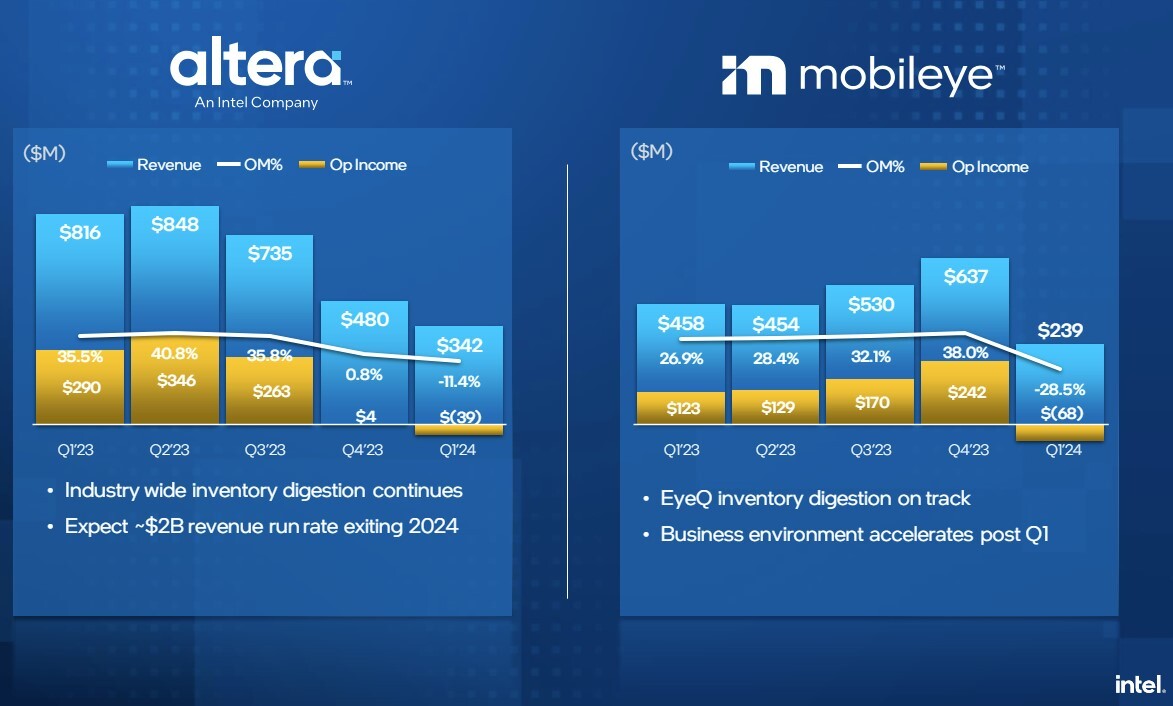Will Trump's Promised Factory Jobs Return To America?

Table of Contents
The Promises Made: Assessing Trump's Economic Policies
Trump's economic agenda aimed to bolster American manufacturing and stimulate job creation through several key policies. These policies, while ambitious, faced significant headwinds and their impact on the return of factory jobs remains a subject of ongoing debate.
-
Tax Cuts: The Tax Cuts and Jobs Act of 2017 significantly lowered corporate tax rates, hoping to incentivize businesses to invest and expand domestically, leading to increased manufacturing job creation. The intended effect was to make the US more attractive for investment compared to countries with higher tax rates.
-
Trade Protectionism (Tariffs): Trump implemented tariffs on goods imported from China and other countries, aiming to protect American manufacturers from foreign competition and level the playing field. The intention was to increase demand for domestically produced goods and consequently boost manufacturing jobs. However, this led to a "trade war," impacting global supply chains and potentially harming certain sectors of American manufacturing.
-
Regulatory Reforms & Deregulation: The administration pursued a policy of deregulation, aiming to reduce the burden on businesses and encourage investment. The theory was that less stringent regulations would lead to increased efficiency and profitability, potentially boosting job growth in manufacturing. However, critics argued that deregulation could negatively impact worker safety and environmental protection.
-
Infrastructure Investment Plans: The proposed infrastructure spending promised to create numerous jobs, with a portion likely to flow into the construction and manufacturing sectors needed for infrastructure projects. This was expected to stimulate related manufacturing industries that produce materials and equipment.
The intended effect of these policies was a significant increase in manufacturing employment. However, the actual results were far more nuanced, as discussed in the following section. The interplay of these policies and global economic forces significantly impacted the reality of job growth.
The Reality: Examining Actual Job Growth in Manufacturing
While Trump's administration saw some growth in manufacturing jobs, it fell far short of the promised resurgence. Analyzing the actual numbers alongside the promises made reveals a complex picture.
-
Statistics on Manufacturing Job Creation and Losses: While some job growth occurred during this period, it was significantly lower than the levels promised. This modest growth needs to be viewed within the context of broader economic trends and automation's impact.
-
Examples of Companies Reshoring and Offshoring: Some companies did reshore manufacturing operations, but many others continued to offshore due to factors such as lower labor costs and access to specialized skills in other countries. This highlights the complexities of reversing decades of globalization.
-
The Role of Automation in Affecting Employment Numbers: Automation has significantly impacted employment in manufacturing. While it increases productivity, it also reduces the need for human labor in some areas, offsetting gains from reshoring or increased domestic production.
-
The Impact of Global Economic Trends: Global economic slowdowns and shifts in global supply chains have also impacted American manufacturing and job growth, creating headwinds unrelated to domestic policies.
The reality is that the growth in manufacturing jobs during this period was influenced by a complex interplay of factors, not solely attributable to the economic policies implemented. Automation, global competition, and unforeseen economic events played crucial roles.
Obstacles to Reshoring: Why It's Not Easy
Reshoring manufacturing faces significant hurdles, making the return of factory jobs a long and arduous process. These obstacles often overshadow the positive impacts of government policies.
-
Higher Labor Costs in the US: Labor costs in the US are significantly higher than in many other countries, making it less attractive for companies to bring manufacturing back from overseas.
-
Infrastructure Limitations and the Need for Investment: The US infrastructure, in many areas, is outdated and needs substantial investment to support modern manufacturing needs. This includes reliable transportation networks, energy grids, and high-speed internet access.
-
Skill Gaps and the Need for Workforce Training: A significant skill gap exists, meaning there is a lack of workers with the advanced skills needed for modern manufacturing technologies. Targeted training programs are needed to bridge this gap.
-
Supply Chain Complexities and Reliance on Global Networks: Decades of globalization have created intricate global supply chains. Disrupting these chains to reshore manufacturing is a complex and costly undertaking.
The Role of Technology and Automation
Technological advancements and automation play a dual role in the future of factory jobs. While automation can lead to job displacement in some areas, it also creates opportunities for higher-skilled, technology-based jobs. This shift requires a focus on education and training to prepare the workforce for the jobs of the future, embracing "Industry 4.0" technologies and addressing "technological unemployment" through proactive workforce development initiatives. The transition to higher-skilled jobs within the sector requires a strategic investment in education and training programs.
The Future of Factory Jobs in America
The return of factory jobs to America under Trump's administration fell short of the ambitious promises made. While some job growth occurred, several significant obstacles hindered a large-scale reshoring of manufacturing. Higher labor costs, infrastructure limitations, skill gaps, and complex global supply chains continue to pose substantial challenges. Automation, while increasing productivity, also alters the nature of jobs available in the sector. Looking forward, a successful strategy for boosting American manufacturing jobs needs to address these complex issues comprehensively. We need a continued, open discussion about the future of American manufacturing, exploring various approaches to job creation and workforce development. Share your thoughts and insights on the future of factory jobs in America—what policies and strategies do you believe are most effective in boosting American manufacturing jobs and ensuring a strong future for factory jobs in America?

Featured Posts
-
 Manhattans Best Outdoor Dining A Guide To Top Spots
May 21, 2025
Manhattans Best Outdoor Dining A Guide To Top Spots
May 21, 2025 -
 Ing Group Publishes 2024 Financial Results Form 20 F Analysis
May 21, 2025
Ing Group Publishes 2024 Financial Results Form 20 F Analysis
May 21, 2025 -
 Ex Tory Councillors Wife Appeals Racial Hatred Tweet Sentence
May 21, 2025
Ex Tory Councillors Wife Appeals Racial Hatred Tweet Sentence
May 21, 2025 -
 Rhea Ripley And Roxanne Perez Set For 2025 Money In The Bank Ladder Match
May 21, 2025
Rhea Ripley And Roxanne Perez Set For 2025 Money In The Bank Ladder Match
May 21, 2025 -
 Post Echo Valley And The Housemaid Sydney Sweeneys Upcoming Film
May 21, 2025
Post Echo Valley And The Housemaid Sydney Sweeneys Upcoming Film
May 21, 2025
